- About Us
- Facilities
- Patient Stories
- Media & Events
- CSR
- Contact Us
- Book Appointment
Piles ( Mulvyadh / Bavasir ), clinically known as Hemorrhoids, is the swelling of the blood vessels near the anal opening. An increased pressure on these blood vessels due to any reason, causes them to enlarge and swell, thus forming lumps which are occasionally felt at the anal opening.
- John Ardene ( 1307-1392 )
We understand that Piles ( Mulvyadh / Bavasir ) may not be a subject you feel comfortable talking about, but there is no need to suffer in silence. If you have piles, you are not alone. It is estimated that piles will affect at least 50% population at some point during their lives, that makes it one in two of us!
Contact now to get Piles cured fast, by an experienced Team of Doctors. Doctors will advice you holistic grade wise treatment options.
Dr Ashwin Porwal, founder surgeon of Healing Hands Clinic ( HHC ) and a dedicated Proctologist, had the privilege of receiving training in Proctology from the world-renowned Colorectal surgeon, Dr Antonio Longo of Italy. Dr Longo invented the MIPH/PPH ( Stapler surgery ) for Piles and Dr Porwal has received hands-on training from the master himself.
Till date more than 50,000 patients have been satisfactorily treated for their Piles at Healing Hands Clinic. Maximum number of Stapler surgeries in Asia has been performed at all the centres of HHC. We brought Leonardo Laser for Piles in India and the country’s first Laser Haemorrhoidoplasty ( LHP ) was performed at HHC. Today, the clinic treats more patients with LHP than any other centre in the world. We have trained many fellow surgeons from across the globe in the Stapler and Laser procedures.
The regular MIPH/PPH surgery, clearly the most popular technique worldwide,nevertheless has a recurrence rate of 8%. Dr Porwal, with his immense experience, has modified the procedure by adding Horizontal Mucopexy to it which brings down the bleeding and recurrence rate to <1%. In November 2013, he presented a Research paper on this,'Stapler haemorrhoidopexy alone vs Stapler haemorrhoidopexy plus Mucopexy for Grade 3 Internal Hemorrhoids' at the 3rd Biennial ECTA Conference,Singapore.
Dr Porwal was selected among international speakers at World Congress of Coloproctology-2011, Rome, where he presented a Study Paper on 'Piles and Constipation in Indian Scenario'. He has also presented a Paper at ESCP Conference-2014, Barcelona, on 'Stapler Haemorrhoidopexy - Successful results from a case series of 3000 patients treated at a single centre in India.'
Healing hands clinic is a certified centre of excellence for Proctology treatment providing avent grade treatment for Piles, Fissure, Fistula, Constipation , Rectal abscess & Pilonidal Sinus care. With 21 clinics In India & 1 Overseas in Dubai. Clinics in India are spread across cities - Pune, Mumbai, Bengaluru, Hyderabad, Nashik, Ludhiana, Ahmedabad, Surat, Kolhapur & Latur. Each of the clinics have Internationally recognised surgeons and state of the art facilities to provide holistic treatment for treating anorectal disorders.
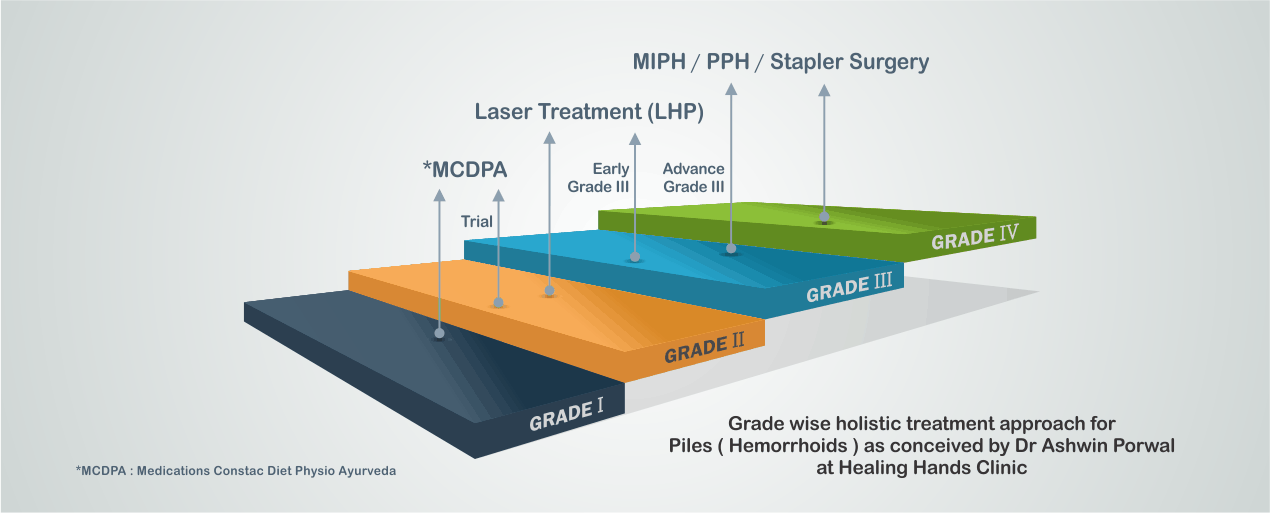
An innovation of Dr Porwal himself, this is a conservative approach intended to halt and reverse the early disease without any surgical intervention:
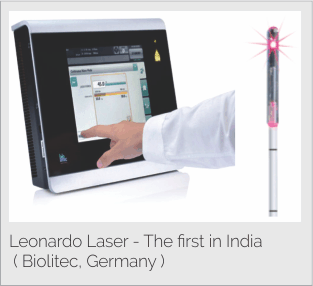
Laser Haemorrhoidoplasty is the preferred treatment for Grade 2 and early stages of Grade 3 Piles. This procedure is done under short general anaesthesia and takes about 20 minutes. Through the natural anal opening, laser energy is applied using a special radially emitting fibre. The controlled emission of laser energy causes vaporization leading the haemorrhoidal mass to shrink
It is a procedure that was originally conceived in 1994 by Dr Antonio Longo, and has since gained popularity as the treatment of choice for Grade 3 and Grade 4 prolapsed Piles.
The procedure is usually done under short general anaesthesia and takes around 25-30 minutes. Using the circular stapler, the mucosa which is responsible for the the prolapse of Hemorrhoids is circumferentially excised and the prolapsed Hemorrhoids are pulled up back to their normal position.
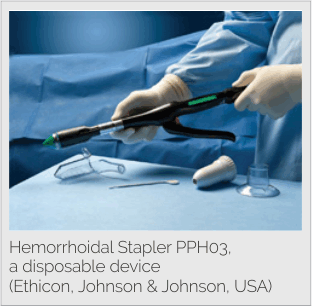
The Stapler procedure has definite advantages over other treatments available for Piles ( Mulvyadh ).
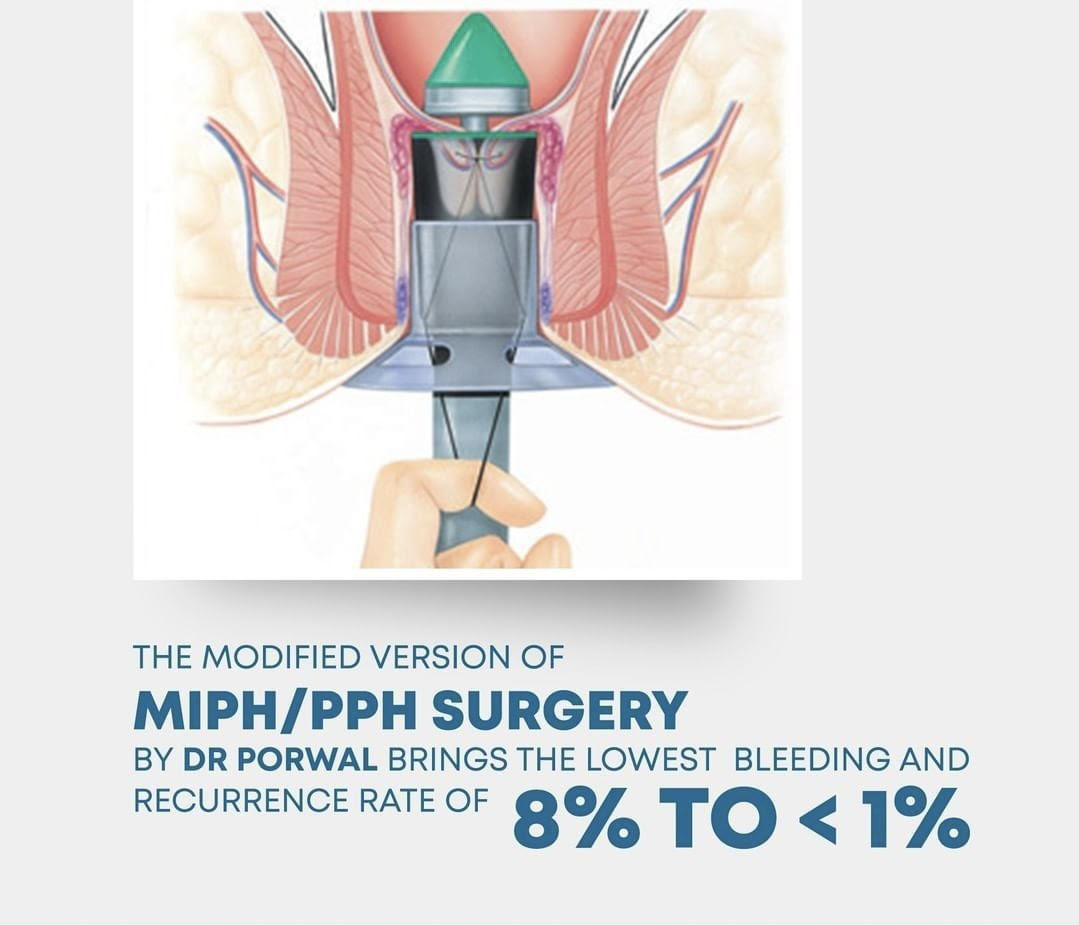
As with any surgical procedure there are possible drawbacks associated with MIPH.
A medical history followed by visual examination of the anus is usually enough. However, a digital examination and Proctoscopy ( a scope is inserted to examine the anal canal ) is done to confirm the diagnosis. At times a Barium study or Colonoscopy may be advised if your doctor suspects any other cause of bleeding that needs to be ruled out.
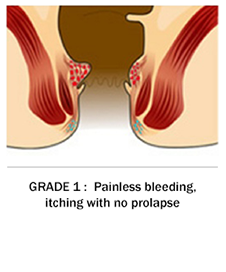
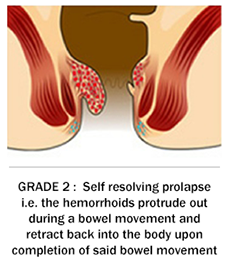
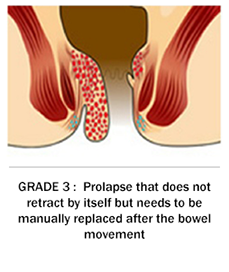
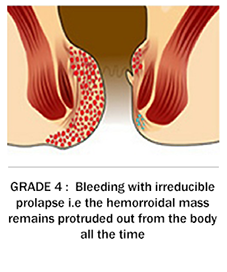
We understand that no matter how innocuous the procedure or how adroit the surgeon, going through a surgery can be a daunting challenge even for the lionhearted. Therefore, we have answered a few queries that you may still have, to give you a clearer picture of your journey towards a Piles-free you!
Depending upon the severity of the disease piles can be classified into 4 grades. Initial grades of piles can be treated with medications, physiotherapy and ayurvedic treatment. But if the disease advances then surgery is recommended. Laser surgery for piles or hemorrhoids is painless and bloodless. Also there is negligible recurrence rate after the surgery.
Piles can be naturally treated at home by simple lifestyle modifications. It includes physical activities, increasing fluid intake and including diet rich in fibers. Ayurvedic oil therapies can also be used to treat initial stages of piles. If these remedies don't work then surgery is recommended.
Piles occurs when there is increased pressure on blood vessels near the anus. The main cause of piles is chronic constipation. Other causes include sitting for a long period of time, obesity, pregnancy and lifting heavy weights.
One must consult piles specialist for piles treatment. As only the specialist can suggest you the right treatment. Piles specialist is known as proctologist or colorectal surgeon.
Piles are generally diagnosed through physical examination followed by proctoscopy or in some cases through colonoscopy.
It's like taking a small nap! All you will feel is a small needle prick during your preparation for the procedure. The entire surgery takes about 30 minutes.
You will normally be able to start drinking water shortly after the procedure and can start eating as soon as you are hungry. You will be able to get out of bed a few hours after surgery.
You are likely to have some pain after the procedure that is easily controlled with painkillers. You can expect a small amount of bleeding and wearing a pad will protect your clothes from getting soiled.
If your operation is planned as a day care procedure you can go home as soon as the effect of the anaesthetic has worn off, you have passed urine and you are comfortable, eating and drinking. Since a general anaesthetic is used, it is advisable that a responsible adult take you home and stay with you for 24 hours.
Before you are discharged you will be advised about post-operative care, painkillers and laxatives.
You will normally open your bowels within 2-3 days of your operation. This may be uncomfortable at first and there could be a sense of 'urgency' ( need to rush to the toilet ). You may notice mild blood loss after each bowel movement but this will gradually reduce over the next few days. Maintain hygiene, and wash and keep the operation site clean.
It is important to maintain a regular bowel movement that should be well formed but soft. You may need to take prescribed laxatives for 2-4 weeks. Eating a high fibre diet and increasing water / fluid intake will help.
You can return to normal physical and sexual activities when you feel comfortable. Anal sex should be avoided.
You can return to work usually by the 5th day after the surgery, although this also depends on the type of work you do.